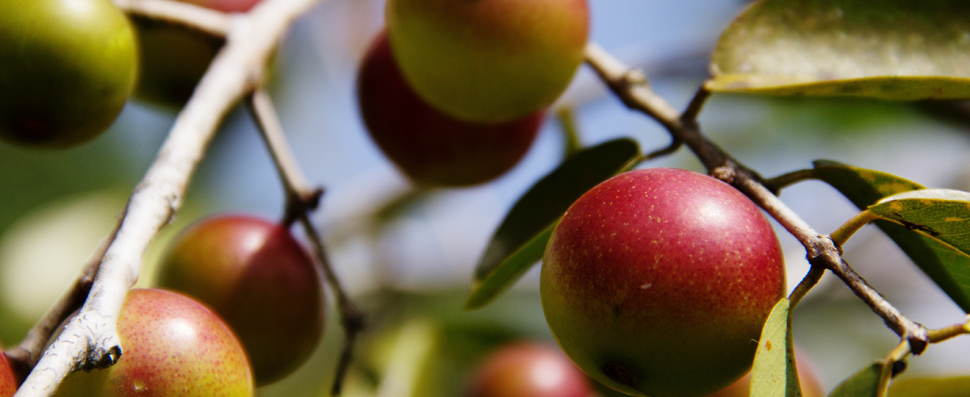The Camu Camu Berry
The camu berry is one of the world’s most abundant sources of vitamin C—as much as 60 times more C per serving than an orange. This antioxidant-rich berry from the Amazon is also a plentiful source of potassium, calcium, protein, beta carotene, amino acids and powerful phytochemicals. These tiny berries pack a big punch to help aid in the body’s overall health & vitality.
Immunity
A strong immune system gives you the power to fight foreign invaders and stay healthy. It’s a well known fact that vitamin C is an effective defense against colds and the flu—one study found that “reported flu and cold symptoms in the test group [taking large doses of vitamin C] decreased 85% compared with the control group.”1
Camu camu is one of the highest botanical sources of vitamin C in the world. Researchers observed that camu camu is an anti-inflammatory that is potentially useful “as a functional food for prevention of immune-related diseases.”2
Who needs a vitamin C supplement when a whole food such as camu camu gives you 240% of your daily RDA of vitamin C in just one teaspoon? That’s equivalent to eating more than four small oranges!3
Mother Nature’s Super C
Often called the Camu-Camu berry, this fruit grows on a low-growing shrub (Myrciaria Dubia) native to the lush climates along the Black Water River region of the Amazonian rainforest. The buzz about this potent berry has spread around the world, earning it the nickname “nature’s vitamin pill.” Containing a higher naturally occurring vitamin C content than any other food, camu has long been used for its nutritional and medicinal attributes.
Sources:
1 – “The effectiveness of vitamin C in preventing and relieving the symptoms of virus-induced respiratory infections.” Journal of Manipulative and Physiological Therapeutics, Oct 1999.
2 – “Anti-inflammatory effects of seeds of the tropical fruit camu-camu (Myrciaria dubia).” Tokyo University of Marine Science and Technology, Japan, 2011.
3 – United States Department of Agriculture, National Nutrient Database for Standard Reference, Release 26.
Information gathered from Sunfood.com & navitasnaturals.com

